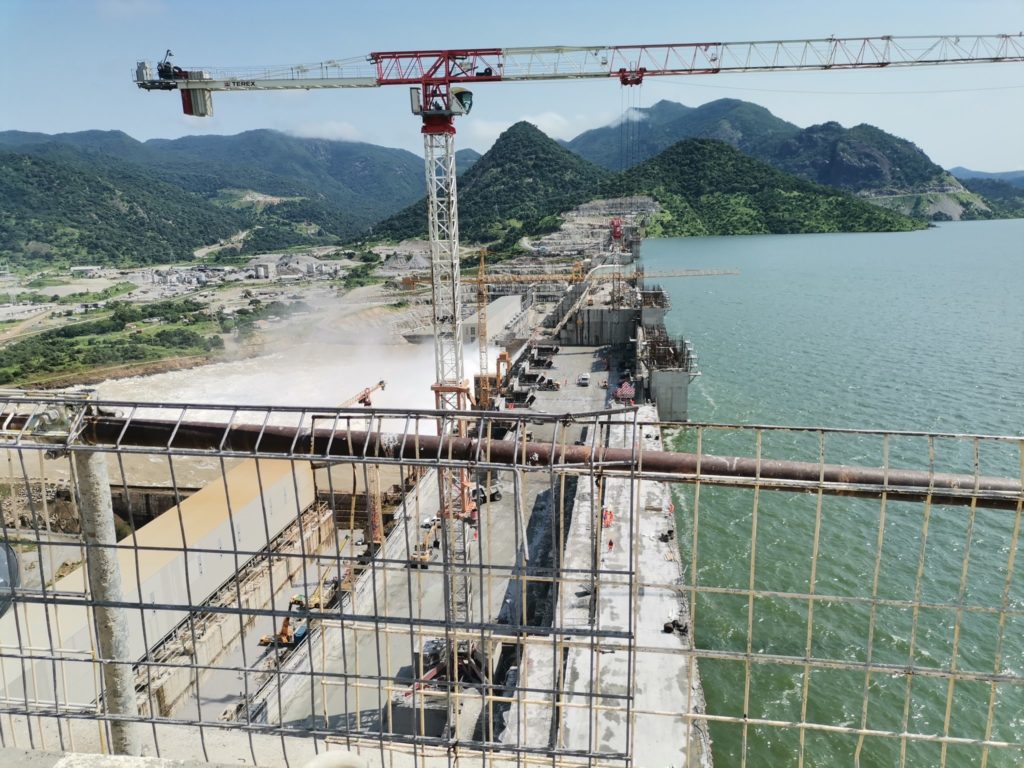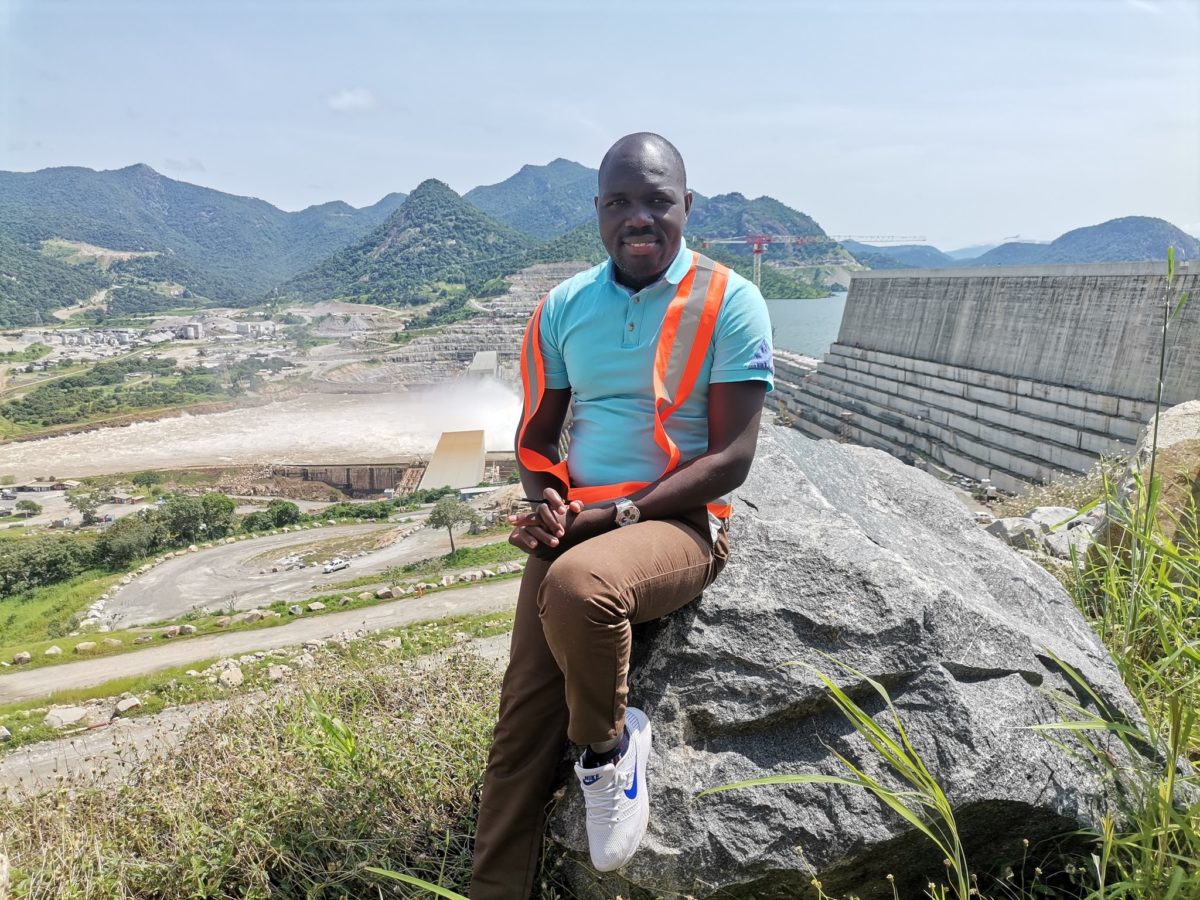Ethiopia says construction of its mega-power plant, the Grand Ethiopian Renaissance Dam (GERD) on the Blue Nile River that will immensely boost the country’s economy, is 90% complete.
The revelation was made by the Office of National Coordination for the Construction of the Dam while addressing the media on the work carried out so far and the plans to be done in the future at the occasion of the 12th anniversary of the laying of the foundation stone of GERD.

The development comes ahead of the fourth filling of the dam’s reservoir later this year between July and August. The project is entirely funded and run by the government of Ethiopia and her nationals both within and outside the country.
The dam, when completed will become Africa’s largest hydroelectric power generator and the world’s seventh-largest dam. However, it has previously caused a stand-off between Ethiopia and the two downstream countries – Egypt and Sudan.
Egypt regards it as an existential threat to its waters while Sudan is concerned about the safety and effect of the dam on its dams and power stations.
While announcing the third filling of the reservoir in August last year, the country’s Prime Minister, Dr Abiy Ahmed, stated that River Abbay on the Nile “is our gift and it is Ethiopia’s responsibility to use it, while also emphasizing that the three basin countries share in this gift.”
Dr Abiy said Ethiopia was working to ensure the benefits of the lower basin countries, saying that “our Abbay River takes what it deserves while passing on what others deserve.”
“When we set out to build a dam on the Nile, we said from the beginning that we did not want to make the river our own. We hope that just like Ethiopia, the other gifted nations of the Nile, Sudan and Egypt, will get to utilise their share,” Abiy wrote on Twitter.

The $4.2-billion dam is ultimately expected to produce more than 5,000 megawatts of electricity, making it Africa’s biggest hydroelectric dam and more than doubling Ethiopia’s electricity output.
Ethiopia had initially planned output of around 6,500 megawatts but later reduced its target.
The country first began generating electricity from the GERD in February. Currently, the two operational turbines, out of a total of 13, have a capacity to generate 750 megawatts of electricity.
When GERD started producing hydroelectricity for the first time in February last year, Prime Minister, Dr Abiy described the development as “good news” for not only Ethiopia but Africa as a whole.
“Today, Africa’s largest power plant, the GERD’s first turbine began generating power. This is a good news for our continent as well as the downstream countries with whom we aspire to work together. Abbay’s mission to nurture our country and gratify our neighbors continues. As Ethiopia marks the birth of a new era, I congratulate all Ethiopians,” reiterated Dr Abiy.
Prior to this, Abiy had stated that the dam should be seen as a centre of cooperation amongst the said countries since it brings enormous benefits to all, the region and the continent as well.
He explained that Ethiopia’s intention in constructing the GERD is to enable the regulation function so that electricity generation from the infrastructure is uniform throughout the year, implying that as a hydropower dam, the GERD does not consume water but rather the water continues to flow downstream uninterrupted.
The benefits for downstream countries are often untold. In Sudan, for example, the GERD provides ample protection against devastating floods and the effects of water shortage during drought and dry periods. It will help Sudanese water infrastructure to be operated optimally as they receive regulated flow,” said Dr Abiy.
“This means that more electricity could be generated from existing infrastructure and adequate and regular water could flow in the river downstream throughout the year to enable reliable water supply for people, agriculture, and the ecology.
The GERD also brings more energy to the already interconnected systems of Sudan and Ethiopia as well as to others,” he added.
He said Egypt also benefits from water conservation at the GERD instead of wastage of billions of cubic meters of water to evaporation and in downstream flood plains. The GERD also helps to prevent future spillage that overtops the Aswan Dam.

